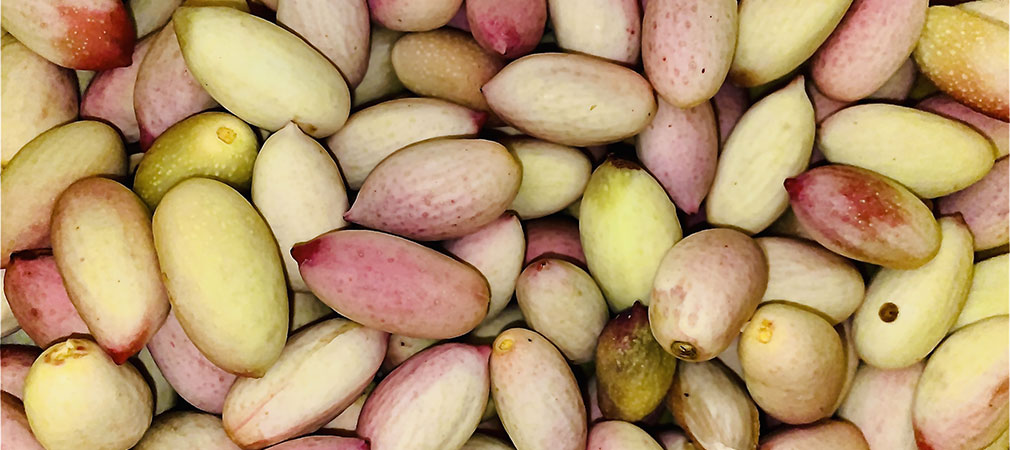
Raffadali's pistachio is known in Italy and around the world for its excellence, so much so that it has earned the prestigious DOP mark.
But what are the most significant peculiarities of thegreen gold originating in province of Agrigento?
Let's find out together!
Raffadali's pistachio: how did it arrive in this locality?
The pistachio arrived on the Sicilian island during 30 AD and it was the Arabs who encouraged its cultivation and development between the XNUMXth and XNUMXth centuries.
Speaking instead of Raffadali, it came thanks to duke Giovanni Antonio Colonna, a great lover of botany, as he planted several pistachio plants in the local land, whose fruits were used for the preparation of sweet delicacies ready to cheer the palates of the Palermitan nobility.
Raffadali pistachio and Bronte pistachio: difference between the two types
The two types of pistachio differ mainly for three reasons, first and foremost i indigenous cultivars.
Raffadali's has several, including Grappalora, Cappuccia and Bianca Napoletana.
Another characteristic concerns the methods of cultivation: in Raffadali, in order to raise the plants, the branches are dropped downwards, while in Bronte they are cut.
The variant coming from the first location will therefore be very sweet, as it absorbs large quantities of fat and oil from the earth.
The last difference is attributable to the soils: those of Raffadali are sandy and calcareous, while those of Bronte, being minerals and lava, make the taste of the fruit sour.
The properties of the Raffadali pistachio
Pistachios, in addition to having a very pleasant taste, offer consumers numerous benefits, starting with the improvement of the cardiovascular system, as they facilitate the reduction of bad cholesterol (LDL) and triglycerides in the blood.
They also help increase good cholesterol (HDL), as they are rich in high quality poly and monounsaturated fatty acids.
But that's not all: thanks to the high percentage of antioxidants and vitamin E, pistachios help reduce blood pressure, thus proving to be valid allies in combating hypertension.
As far as nutritional value is concerned, one hundred grams of unsalted/sweetened product has a caloric intake equal to six hundred calories, of which 45,39 grams of lipids and 20,27 grams of protein.
How Raffadali's pistachio is used
Given its irresistible taste, Raffadali's pistachio is used for thousands of sweet and savory recipes, including the famous sweet couscous, a recipe secretly kept by the nuns of Agrigento.
On the market it is also possible to find pesto and pistachio cream: the first is perfect for seasoning pasta, bread and main courses, while the second has the power to make anyone fall into temptation because it amplifies the flavor of crepes, cakes, ice creams and much more. Finally, nobody forbids consuming this fruit naturally or in the form of grains to add a crunchy touch to your preparations.
Now that you know all the advantages of this excellent product, all you have to do is go directly to the place to taste it, perhaps choosing to do it during the Raffadali Pistachio Festival, for three days to live in taste!









